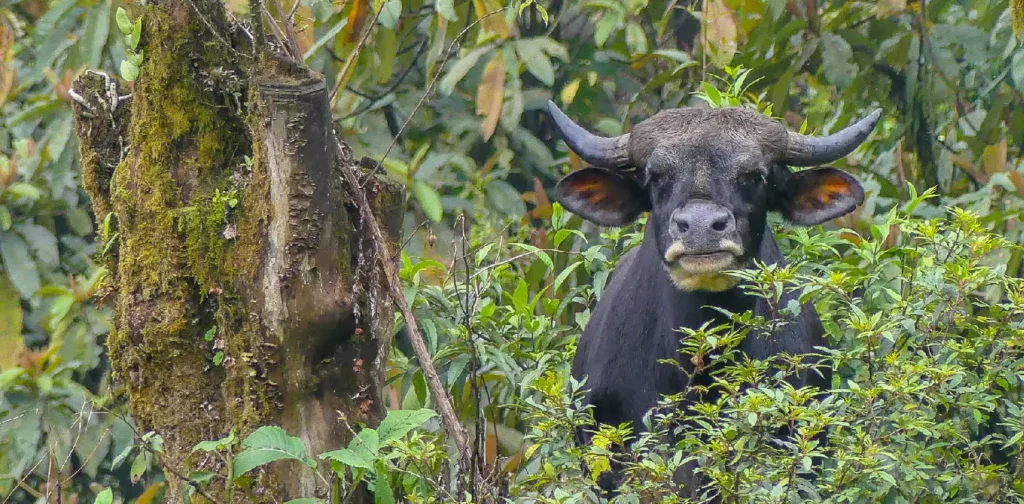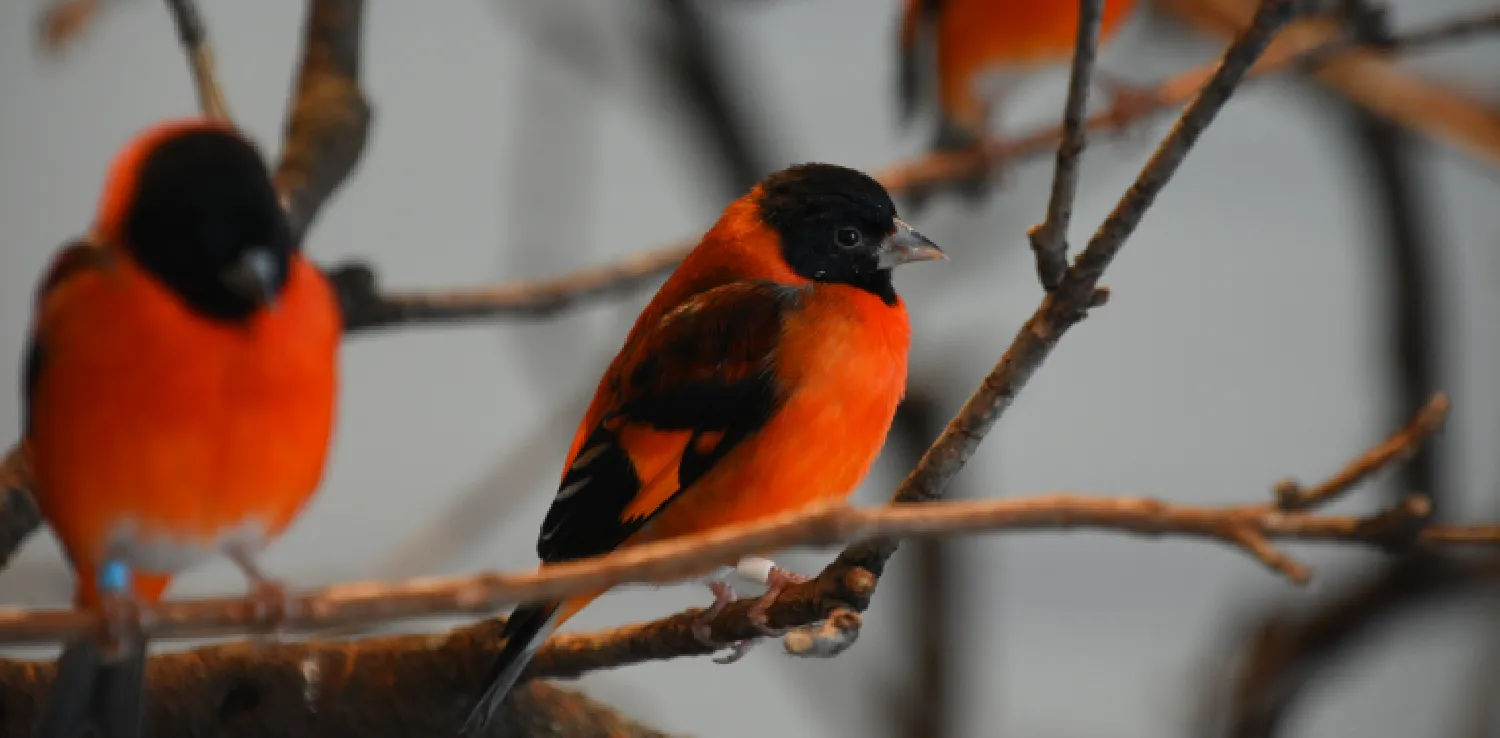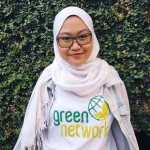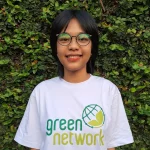3 Biodiversity Conservation Efforts by Indigenous Communities Around the World

A mithun. | Photo: Mike Prince on Flickr.
Indigenous communities are central actors in sustainable development. What are some of the efforts they have made for biodiversity conservation?
1. The Adi Tribe for Mithuns
Mithun or gayal is a semi-domesticated bovine species that lives in hilly forests, somewhere cool with enough shade to avoid sunlight. It adapts well to difficult environmental conditions, making it potentially beneficial for economic and food security resilience. Culturally, mithun is a symbol of peace, communal harmony, and wealth for several Indigenous communities in northeast India.
“For the Indigenous Adi community of Arunachal Pradesh, the existence of everything on the planet is tied to the birth of the mithun. When the mithun was born, Dadi Bote, the god of animals, became its custodian,” said Barun Taki, a mithun herder and former president of the Mirem mithun farmers’ collective. “It is our duty to rear and look after them.”
The Arunachal Pradesh State in India is home to the largest mithun population in the world. The IUCN lists this species as Vulnerable, with little to no policy and institutional support despite the threats of heat, exploitation, and habitat destruction due to deforestation. So far, Indigenous Peoples have been the ones taking care of them.
The people of Adi Tribe mostly allow mithuns to roam free, letting them graze and retreat to the deepest part of the forest during the day. The only supplementary feed they give them is salt because mithuns like salty water. The Adi people have also constructed “living fences” made of barbed wires and orchid tree stumps to protect mithuns from falling off cliffs or rolling off hills.
2. The Wapichan, Macushi, and Wai Wai for Red Siskins
Red Siskin is an endangered bird with red-and-black plumage in tropical South America. Its population declined sharply over the last century due to illegal hunting and trade for its feathers, pet sales, and breeding purposes.
In Guyana, the Indigenous Peoples of the Wapichan, Macushi, and Wai Wai in South Rupununi have been crucial to red siskin conservation. Since 2000, they have been partnering with scientists and leading a community-led red siskin conservation effort. Leroy Ignacio, an Indigenous Macushi, said, “There was no information about the bird in the region. We got to work collecting data on bird population, active nests, and their habits.”

Then, local communities established the South Rupununi Conservation Society (SRCS). The organization established one of Guyana’s first red siskin conservation zones in Indigenous territory, covering 75,000 hectares. The SRCS also created a brigade to watch for smugglers.
Along with red siskin conservation, the SRCS empowers local communities through various capacity-building programs to cultivate an ecotourism industry. For instance, the organization offers training in project management and storytelling skills.
The SRCS’s efforts bear fruit. “We have been maintaining a stable population, and that’s already a success,” said Ignacio.
To spread the conservation spirit in children, the organization implements an after-school program in over 16 communities, offering a blend of traditional and scientific knowledge on the red siskin, its habitat, and possible threats to its population.
3. The Ngäbe-Buglé Indigenous Communities for Medicinal Plants
The Ngäbe-Buglé Indigenous communities live among the thick rainforest and mountains in western Panama. Their Indigenous territory—also called the comarca—spans 6,475 kilometers. In the forests grow various medicinal plants that can act as remedies to several sicknesses, including reducing bleeding and hemorrhaging during the birthing process.
Traditional medicines are part of the Ngäbe-Buglé sacred birthing rituals and culture that have lasted for generations. Medicinal plants are processed into tea or liquids and consumed to accelerate and ease the pain during the birthing process. A midwife or traditional medicine doctor often administers the process.
However, this tradition is threatened by deforestation, large-scale crop harvests, and climate change that alter the Ngäbe-Buglé territorial landscape.
“Many of the native plants here in our region have disappeared,” said Armando Sire, an 83-year-old traditional medicine doctor.
Sire is also the co-founder of the Ngäbe Association of Agents of Traditional and Natural Health (ASASTRAN). Established in 1998, it is an organization of midwives and traditional medicine doctors working together to conserve and protect the Ngäbe-Buglé’s birthing rituals and the ancestral plants.
“One of our main objectives has always been to lower the maternal and infant mortality rates in the comarca,” said Silvia Salina, a co-founder and director of ASASTRAN. “Another has been to preserve the medicinal plants of this region, which need specific conditions to grow and are very delicate.”
The ASASTRAN implements programs to train younger women to become midwives and provide healthcare assistance for mothers. Additionally, it oversees the cultivation of the ancestral medicinal plants, processes them, and distributes them among the communities for consumption.

Join Green Network Asia Membership
Amidst today’s increasingly complex global challenges, equipping yourself, team, and communities with interdisciplinary and cross-sectoral insights on sustainability-related issues and sustainable development is no longer optional — it is a strategic necessity to stay ahead and stay relevant.
Join Now



 Weaving the Thread Between the Last Elephant and the Floods in Sumatra
Weaving the Thread Between the Last Elephant and the Floods in Sumatra  Bringing Buried Rivers Back to Life Through Daylighting
Bringing Buried Rivers Back to Life Through Daylighting  Prescribing Beyond Profit for CEOs’ Anxiety
Prescribing Beyond Profit for CEOs’ Anxiety  An Interview with May Tan-Mullins, CEO and Provost of University of Reading Malaysia
An Interview with May Tan-Mullins, CEO and Provost of University of Reading Malaysia  An Interview with Eu Chin Fen, CEO of Frasers Hospitality
An Interview with Eu Chin Fen, CEO of Frasers Hospitality  The UK Government’s Funding Package Plan to Tackle Youth Unemployment
The UK Government’s Funding Package Plan to Tackle Youth Unemployment